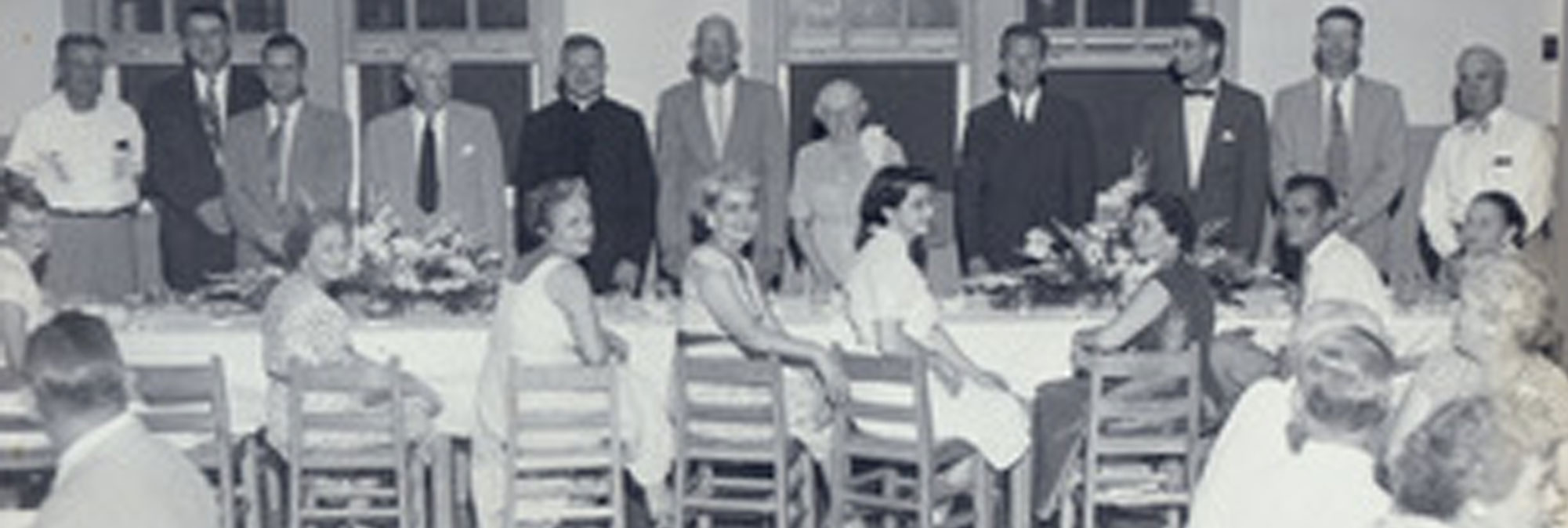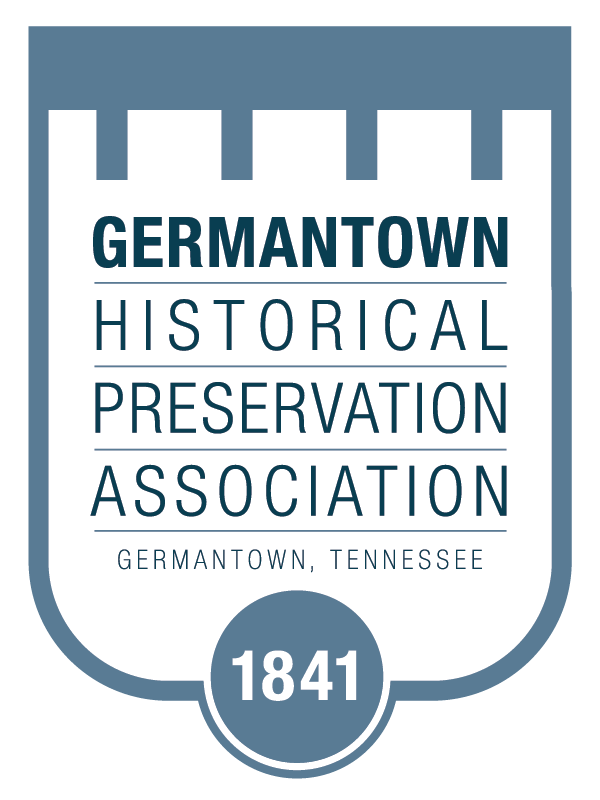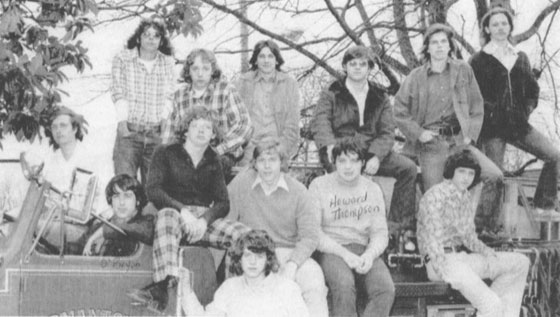
Phil McCall
People are starting to plant ideas in my head for articles and one recent seed was titled “Filthy Phil’s Fire Fighting Fanatics”. His daughter, Beverly, and I agree that this name was merely an indication of the respect and love that these “Fanatics” had for her father.
Chief Phil McCall became the first paid Fire Chief in 1972, following Volunteer Fire Chief Bobby Lanier, who had served since 1951. Mr. Beaty served as an assistant until 1973 and Charles Edward Smith served in the same manner from 1973-1979. Chief McCall drove a red Ford Gran Torino (much like Starsky and Hutch – 75 -‘79) and Beaty drove a Volkswagon Karmann Ghia with a European Police Horn. Can you imagine those two arriving at a fire? You’d think you had broken down somewhere between Bonn, Germany, and the Bronx.
Fireman Scott Nance gave the “Fanatics” nicknames like Bear, Turkey, Mouse, Ace, OB, Jelly, Spook, Castro, Sugar Bear, Charlie Chan, and Pokey. Nicknames were a badge of honor. They were the students who belonged to the Germantown Volunteer Fire Department in the 60s, 70s, and 80s, prior to a City judge deciding that this was way too much liability for the City.
You had to be 16 years of age to join, though by their own admission some of them had fudged. OB (Lt. John O’Bryan) told me that he joined because when the siren sounded at the Fire Station, it gave him permission to start running out of the school building. The rules were that you had to slow to a walk by any female teacher. Some ran to the Fire Station (present site of Park & Recreation Department), and some drove, piling into cars located in specially assigned volunteer firefighter spaces.
The volunteer firefighters were required to go to Building “C” to check out, but typically they just headed for the fire station. One time it was announced on the intercom that the volunteers were to come to Building “C” to meet, but the teacher wishing to address them showed up where they checked out, while all the boys ended up at the fire station.
John Selberg said, ironically, “they never were able to get a fire fully extinguished until it was time for school to be out”.
Part-time volunteers worked 30 + hours per week and full-time meant 40 + hours per week. Students served as night drivers and weekend drivers. Students working full-time on weekends rotated, working either Friday and Sunday or Saturday and Monday. Hours were Friday at 4:00 p.m. to Saturday at 4:00 p.m., Saturday at 4:00 p.m. to Sunday at 4:00 p.m. and Sunday from 4:00 p.m. to Monday at 7:00 a.m. The volunteers even offered to work into the week. Volunteers at night had older persons, called Officer in Charge (OIC), present.
All equipment was cleaned every Saturday. The volunteers were paid $1 per call and they received their check at Christmas.
Night driver parents brought in food. All volunteers can still remember the telephone number for Shoney’s. On the radio, Shoney’s was Station 3, Danver’s was Station 5, and the bathroom was Station 4. Fire Station cuisine consisted of chili, potato soup, or spaghetti. The only rule regarding cooking is that it had to be food that could be reheated, such as after a fire.
Sometimes a 19 year old was the oldest in charge of a shift. At 16 years of age, Jelly was the engine driver to his first fire on Poplar Estates Parkway. Spook was a part-time driver at 17 (the names have been withheld to protect the innocent).
The “Fanatics” went anywhere in the county to put out fires. Fire Engine #123 carried four people and Red Devil #1 carried six in the days when you could ride the tailboard. The challenge was to put your boots on and finish dressing on the way to the fire. Through the years only one “Fanatic” lost his grip and fell from the truck in a curve, taking on a few bruises. If in the winter your gloves froze to the truck’s rail, you changed to another set of gloves to fight the fire.
The largest fires were out of town. All remember the gas explosion on Watkins Lane and told how you could always count on Fountain Square to have at least one fire each year.
The young volunteers led by Chief McCall were aggressive because of the training that they received, setting the stage for the quality firefighters that we have today. At the Fire Academy, they were known as the “whiz kids from Germantown.” And when they got to the Academy and needed anything, the answer was yes, for Chief McCall was their collateral.
Chief McCall required passing grades and strict discipline. He also taught fire safety at the high school. He ruled with a paddle titled the “Board of Education”. If you were a C student, you had to show your grades every three (3) weeks. If there was a volunteer who was strong in a subject, then he helped tutor those who were weak in that subject.
You must remember that the city’s population was between 1,100 and 10,000 between 1960 and 1975, and everyone was one big family. The City was small enough that everyone helped each other. If there was no place to go, you came down and sat at the station, and the volunteers looked out for each other. If your parents called asking for you and they didn’t know where you were, a volunteer would just tell them that “he was out on a fire call.” If Chief McCall ever found out though, he would have his come-to-Jesus meeting with you and wear you out.
Ohh…why the title “Filthy Phil”? Beverly, his daughter, said that he would rarely wear his turnouts at a fire. He would come home smelling like smoke and be completely filthy. So there’s the story of “Filthy Phil’s Fire Fighting Fanatics”.
Ahhhh…….life in a small town.
Filthy Phil’s Fire Fighting Fanatics
In the front cab in the driver’s seat is John O’Bryan and in the passenger seat is Steve Vaught. The top row L to R is Chad Cromwell, Kirk Mosley, Chip Hill, Richard Pulliam, Ron Luissing, and John Bowden. The lower row is Steve Glankler, Phil Baker, Howard Thompson, and Brad Stovall. The bottom person is Don Baker.

